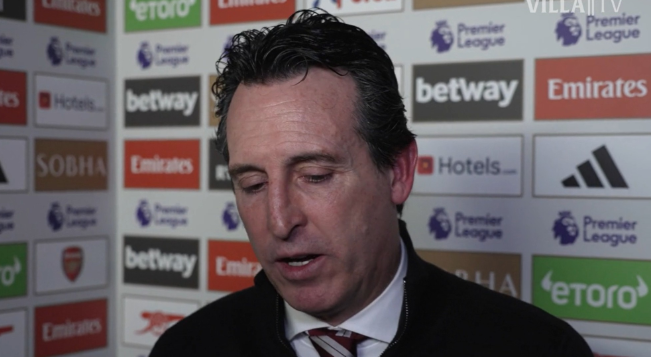
Throughout Chelsea's illustrious century-long history, Ukrainian players have always seemed to be in the limelight, if not in the negative news. Before Mykhailo Mudryk, the only Ukrainian star to attract attention was Andriy Shevchenko, who set the then Premier League transfer fee record as a Ballon d'Or winner, yet he ended up being the laughing stock on the Stamford Bridge pillar of shame. Now, with a transfer fee of £100 million, second only to Shevchenko's record when he joined Chelsea, will the 22-year-old genius break the Blues fans' stereotype of Ukrainian players as "watery goods"?
The most remarkable thing about Mudryk is his incredible dynamic talent. In the Champions League, he ran the fastest sprint of any player this season at 36.6 kilometers per hour, a figure that even surpassed the 35.69 kilometers per hour of the World Cup's "World's Fastest Man," Kamaldeen Sulemana.
Mudryk's speed is aided by his awareness of his stance. The following few heatmaps courtesy of WhoScored.com show that he stands further back than most inside wingers while covering a larger, wider area:
Standing back gives him more vertical space to accelerate, while standing off to the outside of the midfield gives him more horizontal space to create angles for his teammates to play direct balls behind the opponent's defense. What's even more rare is that Mudryk doesn't just focus on the ball behind him; in many cases, we also see him in the middle of the field when his team gets the ball back and the opponents counterattack, temporarily backing up the defense's midfielders in a supporting role that connects the third line.
In his six games in the Champions League, Mudryk has had a whopping 69.6% of his touches occur in the midfield and at the back. Although the average of 38.8 touches per game does not stand out among midfielders (only outperforming 5% of players in the same position), his awareness and effort in supporting midfielders and backfielders as a flanker is quite impressive. His role is similar to that of Fede Valverde, who is placed on the flanks: the ability to play in the back as a wingback to assist on the left side of the defense, the ability to return to the back to get the ball in the face of tackles, and a great deal of range of movement and positional flexibility on the offensive end of the field. However, just because Mudryk is back in support doesn't mean opponents can take him lightly, especially since he possesses world-class speed. On the same wave of possession, Mudryk capitalized on a simple bump-and-grind for a one-touch opportunity in front of the net, but he wasn't greedy and crossed the ball to teammate Danylo Sikan, who pushed an empty netter just wide of the target. In fact, Mudryk averages 3.84 receptions of PROGRESSIVE passes and 2.79 touches of the ball in the opposition's box, both stats in the top 10% of players in his position. His dynamic gifts, including the fastest sprinting speed of any Champions League player and an abundance of fitness that has seen him play all 90 minutes in nine games this season and show no signs of fatigue by the end of the campaign, are the greatest capitalization on his wide range of movement. From the heatmap above, we can also note that Mudryk's position narrows as he moves deeper into the final third, reflecting his teamwork: Mudryk's cuts provide space for wingbacks Bogdan Mykhaylichenko or Mykola Matviyenko to overlap. Mudryk's inside cut provides space for wingbacks Bogdan Mykhaylichenko or Mykola Matviyenko to overlap, forming an attacking triangle with Herohii Sudakov or Lassina Traoré in front of them to push the line.
Mudryk switches with Sudkov to form a false ten, overlapping up Mykhaylichenko and weak-side flanker Oleksandr Zubkov to pull out the width of the formation; dotted lines show the direction of player movement When Mudryk stays on the outside, the wingbacks are able to underlap to HALF SPACE to participate in the attack. Especially Matviyenko, who is 182 cm tall, adds to the height of the team in the attacking end. Mudryk's above-average non-dominant foot makes him even more elusive in one-on-one confrontations with defenders: when cutting inside, Mudryk has already developed a powerful shot, and even when moving to the sideline, his left-footed crosses are above-average. He doesn't even need to slow down for a drop pass, but instead catches up to a ball that has been knocked hard past a defender, and is able to get the ball into the box first time with his non-dominant left foot.






























